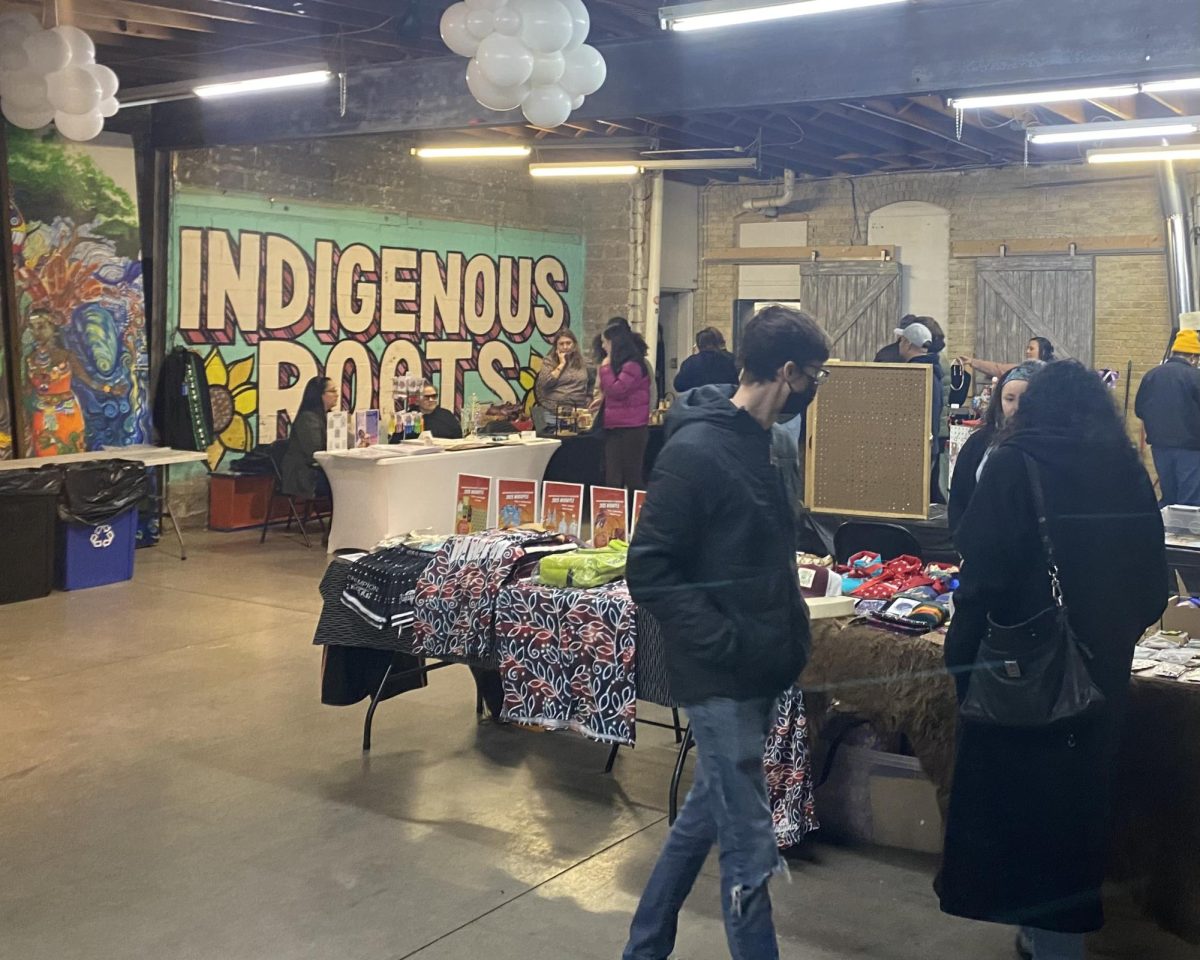What: âÄúon the phone with my motherâÄù
When: Preview: 9:30 p.m., FridayPerformances:
7 p.m., Saturday; 4 p.m., Sunday, Dec. 11
Where: SistersâÄô Camelot, 2410 Snelling Ave, Minneapolis
Cost: Free
What do a feminazi, an Earth mama, a Stepford wife and a sex object have in common? (Other than being the suffocating stereotypes the patriarchy has saddled women with for decades âÄî right, ladies?)
These characters are all theatrical fodder for recent University of Minnesota graduate Anna Kunin. She has created âÄúon the phone with my motherâÄù in light of the question, âÄúWhat does it mean to be a woman?âÄù
In a slew of vignettes, Kunin and her four actors braid together three styles of theater âÄî clowning, storytelling and movement âÄî to get people thinking, laughing and talking about issues of gender. But theyâÄôre not out to bash the dudes.
âÄúItâÄôs not a soapbox. ItâÄôs also not women on stage being angry about their lot in life or complaining about men,âÄù said Natalia Hokin, a current University theater student who plays the sex object.
âÄúWe find the flaws in each of those molds for women and find out why no one could ever really be one of those things,âÄù Hokin added.
The four actors and the director acknowledgethat they are all white, they are all women, they all identify as straight and they are all from the Midwest.
So in the spirit of bringing in a diverse set of perspectives, Kunin held community story circles in her home, serving food and inviting members of her own community.
âÄúMy mom was active in the âÄô60s and âÄô70s with the anti-war movement and womenâÄôs liberation movement,âÄù Kunin said.
Her mom took part in consciousness-raising meetings, in which she talked about gender issues with as many as 40 other women.
âÄúI was like, âÄòIâÄôve never done that âÄî ever!âÄô Why is that? Why donâÄôt I get a group of people to explore this artistically?âÄù said Kunin.
With a self-designed degree in critical thinking, creativity and social change in her back pocket, Kunin has been grappling with concepts of identity to create the physical space of the play.
She decided that frames and mirrors would do well to illustrate the themes of the play and connect the vignettes together.
âÄúI was looking for an overarching metaphor for identity and thinking of it in terms of frames of identity,âÄù Kunin said.
KuninâÄôs four actors âÄî two current University students and two recent grads âÄî will further emphasize the theme of identity by distorting the fourth wall.
âÄúThere isnâÄôt this secret backstage and then a magic that happens onstage. We put it all out there,âÄù Hokin said.
When the actors change in and out of their stereotype costumes, theyâÄôll do it on stage, in front of the audience.
And when they stop being their stereotypes, theyâÄôll tell real-life stories as their actual selves âÄì Hokin tells the story of the worst date of her life, and Johanna Gorman-Baer relays a tale of her encounter with a heart-sick Irishman.
âÄúHow do we tell stories that we find hard to even tell ourselves âÄî in front of an audience, no less,âÄù Kunin said.
Kunin compared her production to a multimedia gallery âÄî in which artists explore one concept from many different angles with many different materials. The frames, the mirrors, the set and the music âÄî chosen by Radio KâÄôs Shelby Thomason âÄî will help draw the vignettes together.
âÄúJust as no one woman is just one stereotype or genre, this play is no stereotype or genre,âÄù Hokin said.













